Ecoboulevard of Vallecas
The project for the Ecoboulevard of Vallecas might be defined as an urban recycling operation consisting of the following phases: the creation of three air trees/social animateurs; densification of the existing alignments of trees; the reduction and asymmetrical layout of vehicle traffic thoroughfares; and superficial interventions in the existing urban tissue (perforations, infill, painting and so on) as a way of reconfiguring this particular part of the city.
The project s departure point was the need to provide an immediate solution to the problem, conscious as the architects were that the best endowment for a public space would be a dense, dignified grove of trees, something it would be impossible to achieve by natural growth for another 15 or 20 years.
Therefore, this had to be an emergency project that would function now as a grove would in the future. So a strategy of concentration was decided upon, which intervenes in and refurbishes specific areas, providing them with more benign climatic conditions and thereby constituting the germ of a public space regeneration process.
All aspects of the project are governed by environmental and
sustainability criteria: the materials that were employed; the use of
alternative forms of energy; acclimatisation by passive systems;
optimisation of resources; its social character; and the new asymmetrical layout of traffic thoroughfares.
Three pavilions or air trees , like temporary prostheses, serve the
purpose of locales open to a wide variety of activities in the non city . They are light, collapsible structures, self-sufficient in energy terms, which consume only what they can produce through systems that accumulate photovoltaic solar energy. These systems must be used only until the tare of inactivity and climatic conditioning has been corrected. Once disassembled, the pavilions former sites remain as clearings in the wood.

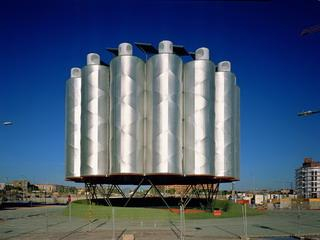
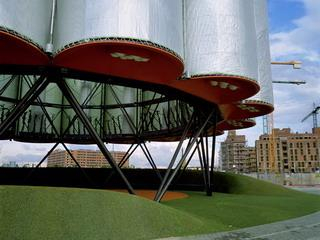
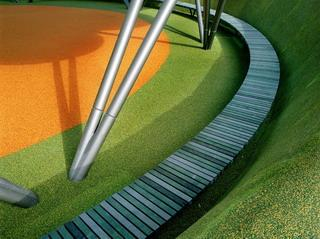
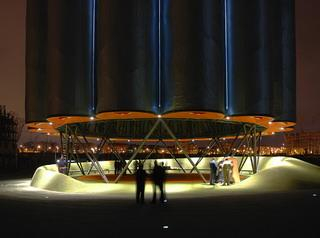
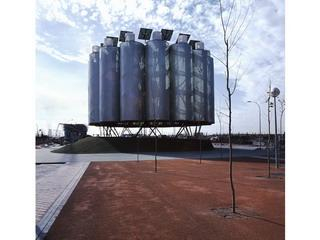
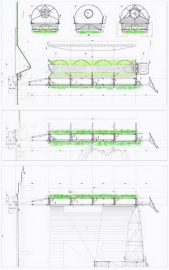

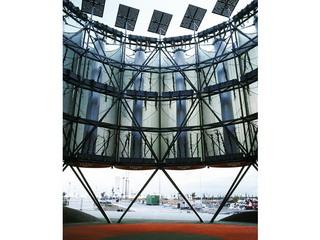
 copy.jpg)
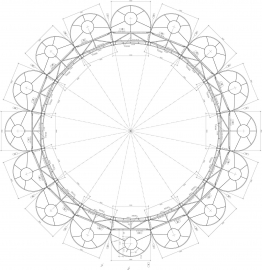
.jpg)